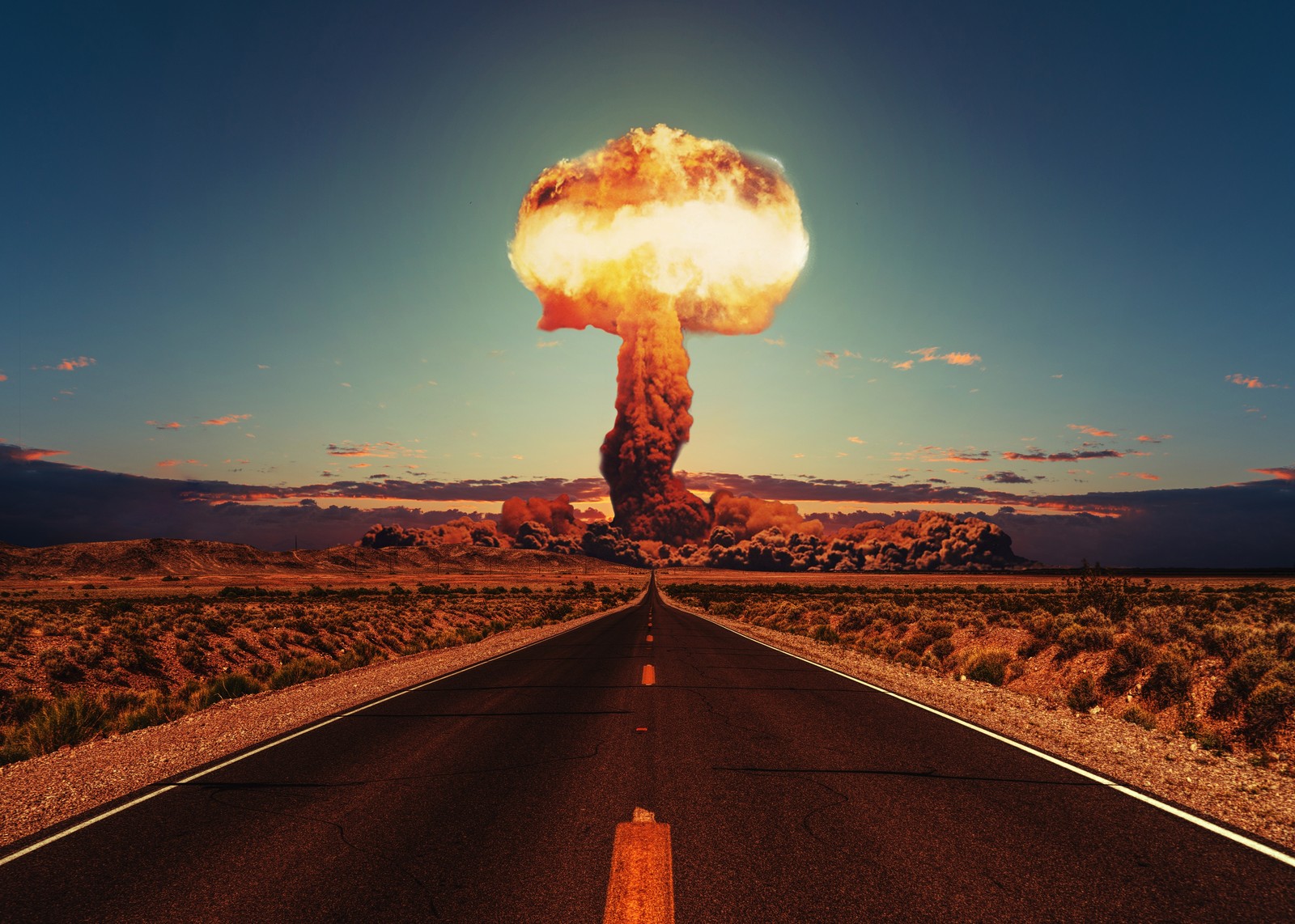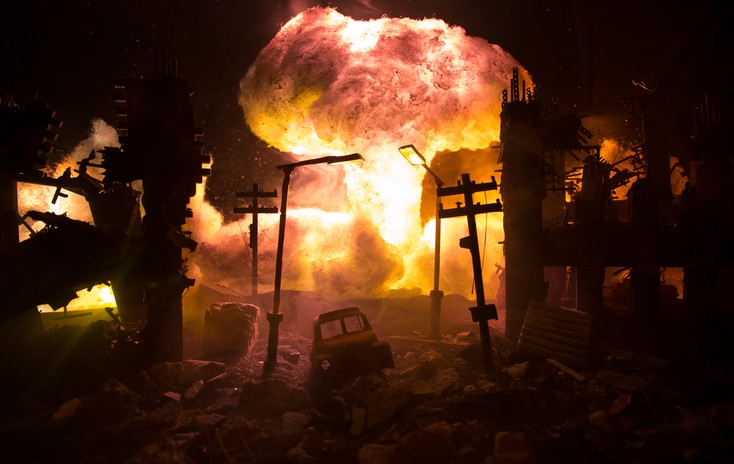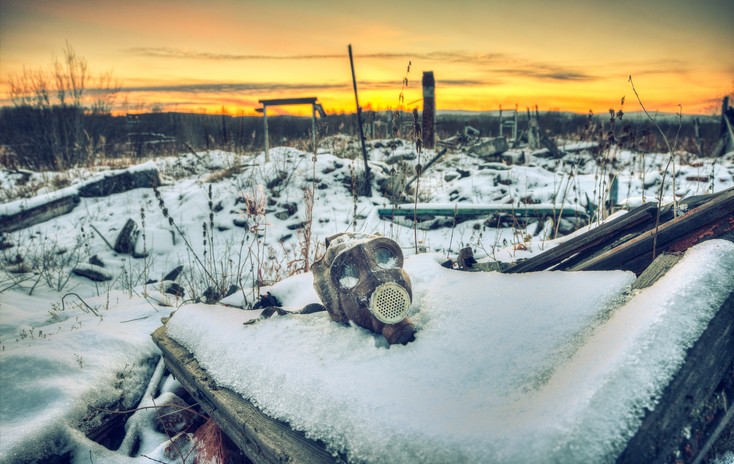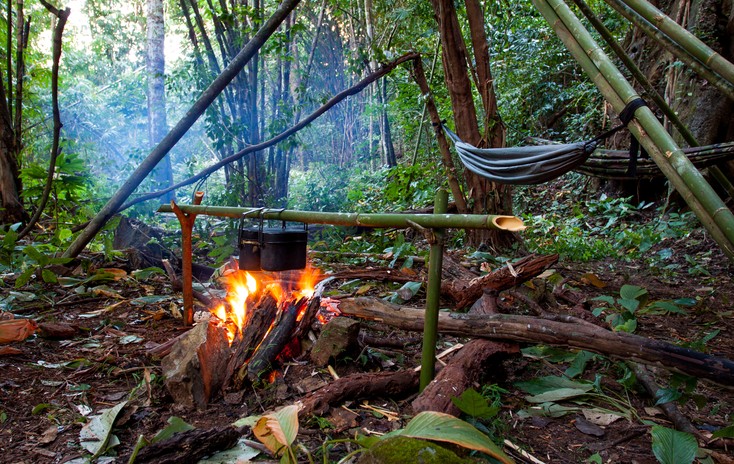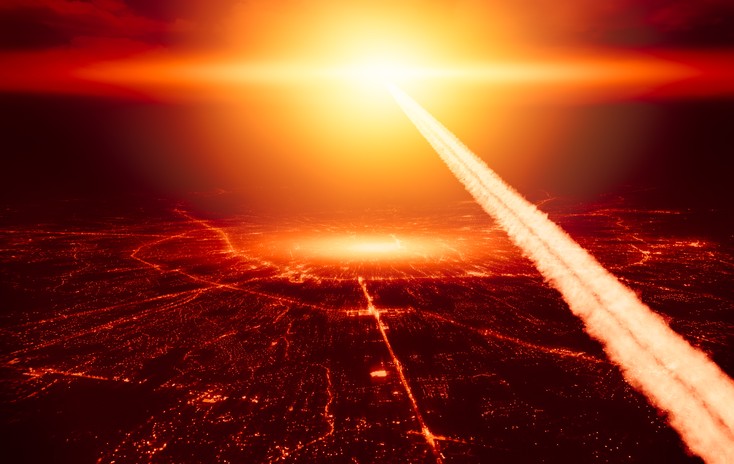Surviving the collapse of modern society would require a mix of practical skills, knowledge, and mindset. Here are some of the most important skills: Basic Survival Skills: ...
1
Aug
2024
A Nuclear Strike On One Single City
Due to the speed at which nuclear war is expected to escalate, an isolated nuclear attack on just one single city is probably somewhat unlikely. Here we consider a fictitious scenario assuming such an attack...
1
Aug
2024
Kallan and the Thunder Beast
The Encounter In a lush, untamed world where the ancient and the primeval collide, a young warrior named Kallan prowled the dense forest. His long hair, knotted and wild, cascaded down his back, a testament to...

 Welcome to Prepping.com.au, the new web magazine.
Welcome to Prepping.com.au, the new web magazine.
 What is Prepping? A guide for normal people to get started.
What is Prepping? A guide for normal people to get started.
 How to use this site. When all else fails, read the instructions.
How to use this site. When all else fails, read the instructions.
 This is your mission, should you choose to accept it.
This is your mission, should you choose to accept it.

